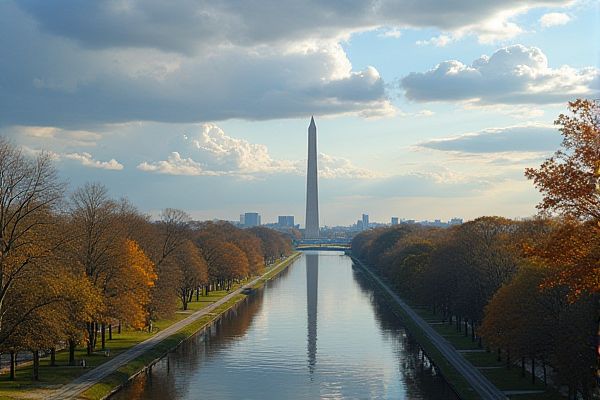
Cost of living in Washington: Higher housing costs in urban areas. Grocery prices vary by location. Utility costs depend on climate. Transportation can be expensive. Health care costs above national average. Dining out can be pricey. High state sales tax. Education expenses differ by region. Childcare costs are significant. Entertainment options vary in price.
Higher housing costs in urban areas.
In Washington, housing costs are significantly higher in urban areas, particularly in cities like Seattle, where housing is 45% higher than the national average, with the median monthly rent at $1,731 and average mortgage payments at $2,396. For more detailed insights on costs and calculations, visit the RentCafe Cost of Living Calculator, which can provide a comprehensive understanding of the state’s cost of living dynamics.
Grocery prices vary by location.
In Washington State, grocery prices are among the highest in the U.S., with the average weekly cost being $287.67, making it the fourth most expensive state. Additionally, prices vary significantly by city, with Seattle ranking as the 6th most expensive city for groceries, at an average weekly cost of $289.23. For more detailed insights, Fox 13 Seattle provides an in-depth report on these grocery expenses, highlighting the economic pressures faced by residents.
Utility costs depend on climate.
The Climate Commitment Act in Washington State has led to increased utility costs, particularly for natural gas customers, due to the purchase of emissions credits. For detailed information on how this affects various customer classifications, you can visit the Washington State Climate Commitment Act page. Typical residential customers can expect an increase of around $8.78 per month, with variations based on usage and customer classification.
Transportation can be expensive.
Transportation costs in Washington are relatively high, ranging from $828 to $1,387 per month, depending on family size and lifestyle, with cities like Seattle and Olympia experiencing costs significantly above the national average. Additionally, transportation services have seen a 9.9% increase from February 2023 to February 2024, according to the Consumer Price Index.
Health care costs above national average.
Health care costs in Washington are significantly higher than the national average, with health insurance premiums for employer-covered workers rising considerably over the past decade. Individual plan costs have more than doubled, driven by factors such as mergers and acquisitions in the health care industry, an aging population, and surging costs of medical advancements. According to RentCafe, healthcare services in Washington cost 20% higher than the national average, contributing to the state's overall higher cost of living. This increase places a financial strain on residents, impacting budgets and access to necessary medical care.
Dining out can be pricey.
Dining out in Washington is particularly expensive, with the state ranking as the second-most expensive for eating out, averaging $20 per meal. Residents are finding that they can save a substantial amount, approximately $14.74 per meal, by choosing to eat at home instead. For more details on how dining expenses add up and tips for managing food budgets, The News Tribune provides valuable insights—learn more by visiting their comprehensive analysis on this matter.
High state sales tax.
In Washington, the state sales tax rate is 6.5%, but when including local municipalities, the total tax rate can range from 6.5% to as high as 10.4%, contributing to a higher cost of living due to these elevated sales taxes. For more information on these tax rates, you can visit the Avalara Tax Rates page, which provides detailed insights on the variations in sales tax across different regions of the state.
Education expenses differ by region.
Education expenses in Washington vary significantly by region, with average per-student funding reaching $16,800. Teacher salaries and benefits differ widely among school districts, with some districts paying over $125,000 annually for teacher compensation. For a deeper understanding of how public education spending is allocated, you can refer to the detailed analysis provided in the Washington Policy Report, which explores the intricacies of educational financial management across the state.
Childcare costs are significant.
In Washington State, the average annual cost for center-based toddler care is $14,355, which exceeds the cost of tuition at the University of Washington and represents 39% of a single parent's income. This statistic highlights the significant financial burden on families and underscores the pressing need for affordable child care options. For more detailed insights into this issue, you can explore the article on Axios. Addressing this financial challenge is crucial to support working parents and ensure the well-being of children across the state.
Entertainment options vary in price.
Entertainment and grooming services in Washington are 13% higher than the national average, reflecting the state's elevated cost of living, particularly in cities like Seattle where various cultural and entertainment options are available but come at a higher cost. In Seattle, entertainment costs can be significant, with expenses such as live music, theater performances, and other activities averaging around $325 per month, adding to the overall higher cost of living in the city. For more insights into these expenses, the Cost of Living Calculator provides a detailed breakdown of these costs and more.
